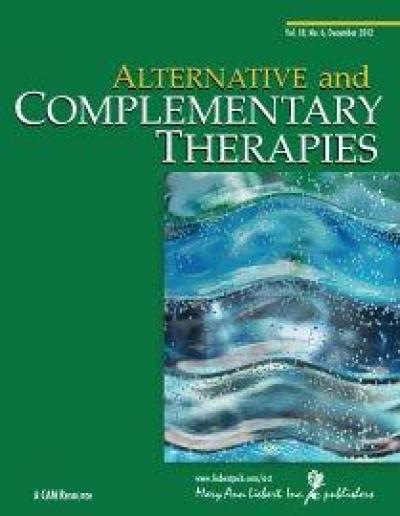New Rochelle, NY, January 9, 2013—More than 85,000 synthetic chemicals are registered for commercial use with the U.S. Environmental Protection Agency (EPA), and only about half of those produced in large quantities are tested for their potential toxic effects on humans. Children are particularly vulnerable to environmental toxins and a detailed look at how and why, and what can be done to protect children's health, is presented in a two-part article published in Alternative and Complementary Therapies from Mary Ann Liebert, Inc., publishers. The articles are available free on the Alternative and Complementary Therapies website at http://www.liebertpub.com/act.
"The effects of environmental toxins on our children's health could turn out to be one of the largest public health crises that we will ever have to face," says Robert Rountree, MD, who practices family medicine in Boulder, CO, and is the author of the two-part Roundoc Rx article in Alternative and Complementary Therapies entitled "Environmental Toxins and Children's Health."
"Part of the reason for this is that it may take 10-20 years to realize fully the health consequences of toxic exposures that are occurring right now," Rountree says, citing similar examples such as exposure to cigarette smoke and to lead additives in gasoline or asbestos.

Alternative and Complementary Therapies is a bimonthly journal that publishes original articles, reviews, and commentaries evaluating alternative therapies and how they can be integrated into clinical practice.
(Photo Credit: ©2013 Mary Ann Liebert, Inc., publishers)
Exposure to environmental toxins may cause or exacerbate a variety of chronic health problems including respiratory, endocrine, reproductive, and neuropsychiatric disorders, and cancer. Unique risk factors for children include their small size, developmental status when exposure may occur, and the fact that young children crawl on the floor where dust and other particles may settle and they put things in their mouths.
Part 1 of Dr. Rountree's article, "Why Children Are at Risk," reviews common toxic exposures and related health problems. Part 2, "Reduce Exposure and Detoxify," offers suggestions for minimizing exposure, identifying unexpected sources, and learning about supportive foods and nutrients and sources of detoxifying foods and herbs.